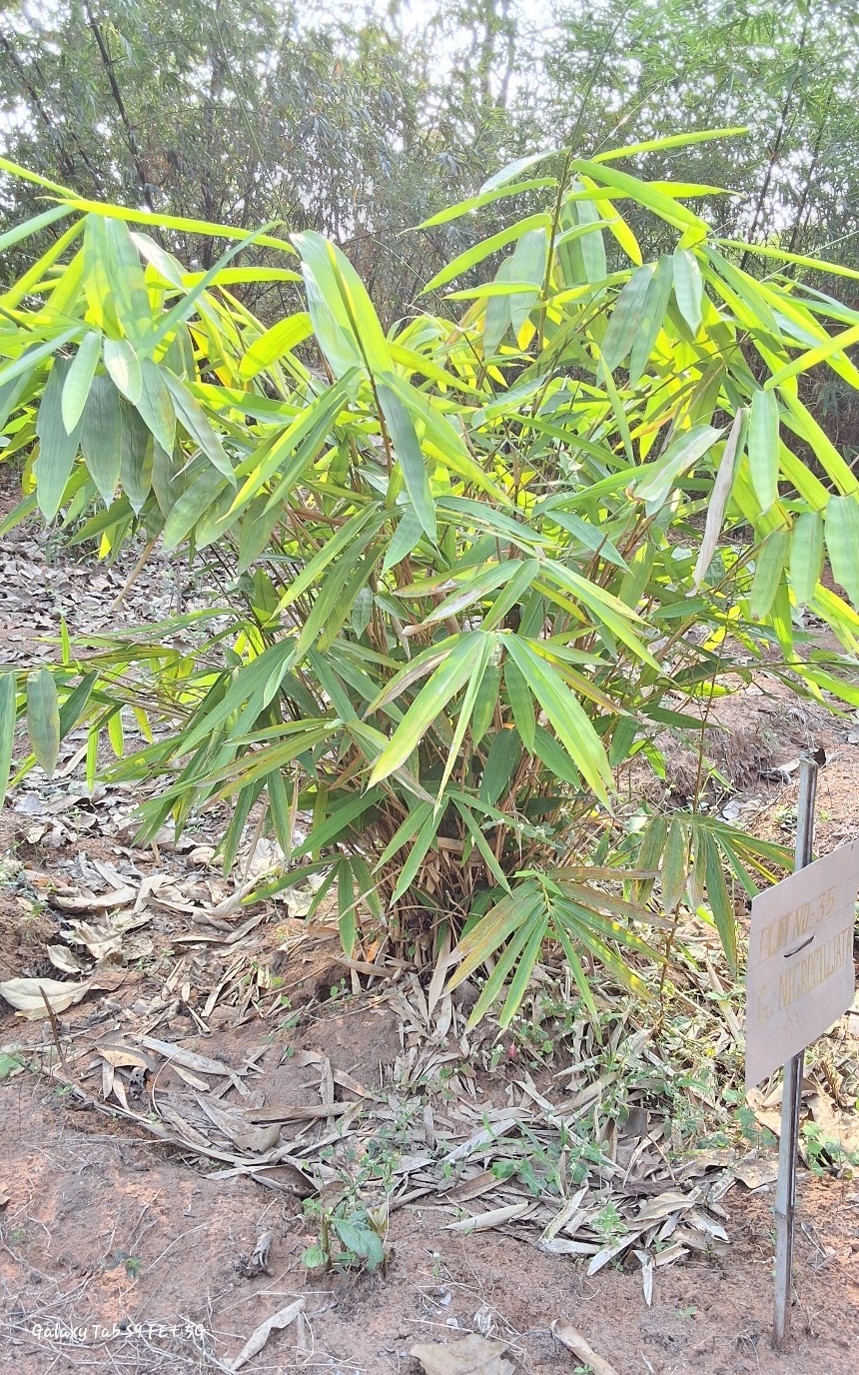Gigantochloa Nigrocillita

Gigantochloa Nigrocillita
Gigantochloa nigrociliata, commonly known as Black-Whiskered Bamboo, belongs to the family Poaceae, widely recognized as the grass family. This bamboo species is native to Southeast Asia, particularly Indonesia, where it thrives in tropical and subtropical climates.
This large, clump-forming bamboo typically grows to a height of 12 to 20 meters, with culm diameters ranging from 6 to 12 cm. The internodes measure 30 to 50 cm in length and are moderately thick-walled. The culms are green when young and develop a dark green or blackish hue with age, often featuring distinctive black whisker-like hairs at the nodes, giving the species its common name.
Ecologically, Gigantochloa nigrociliata plays a significant role in its native habitats. Its dense clump-forming growth helps prevent soil erosion on slopes and riverbanks while providing critical habitat for wildlife. Additionally, this bamboo contributes to carbon sequestration and enhances soil fertility, making it suitable for degraded land restoration projects.
In its native regions, Gigantochloa nigrociliata is highly valued for its economic and cultural significance. The strong, durable culms are extensively used in construction, including house frames, scaffolding, and fencing. Its culms are also crafted into furniture, baskets, mats, and musical instruments. The bamboo is a preferred choice for making traditional tools and decorative items due to its unique appearance and workability.
Gigantochloa nigrociliata thrives in well-drained loamy or sandy soils, with a pH range of 5.5 to 7.5. It prefers regions with high humidity and annual rainfall between 2000 and 4000 mm, flourishing at altitudes from sea level up to 1200 meters. The species requires a warm tropical climate but can tolerate brief periods of dryness.
Propagation of Gigantochloa nigrociliata is mainly achieved through rhizome and culm cuttings, as seed production is rare due to its long flowering cycle. Tissue culture is also employed for large-scale propagation to ensure genetic consistency and rapid multiplication.
Like many bamboo species, Gigantochloa nigrociliata is monocarpic, flowering only once in its lifetime before dying. The flowering cycle of this species is believed to occur every 40-60 years, often leading to gregarious flowering, where entire populations flower and produce seeds simultaneously. Sporadic flowering events are less common but may occur under specific environmental conditions.
Gigantochloa nigrociliata, with its striking appearance, versatility, and ecological benefits, is a valuable bamboo species for both traditional uses and modern applications. Its resilience and adaptability further emphasize its importance in sustainable development and conservation efforts.
Listen Audio:
Need assistance? BRTC Faculty